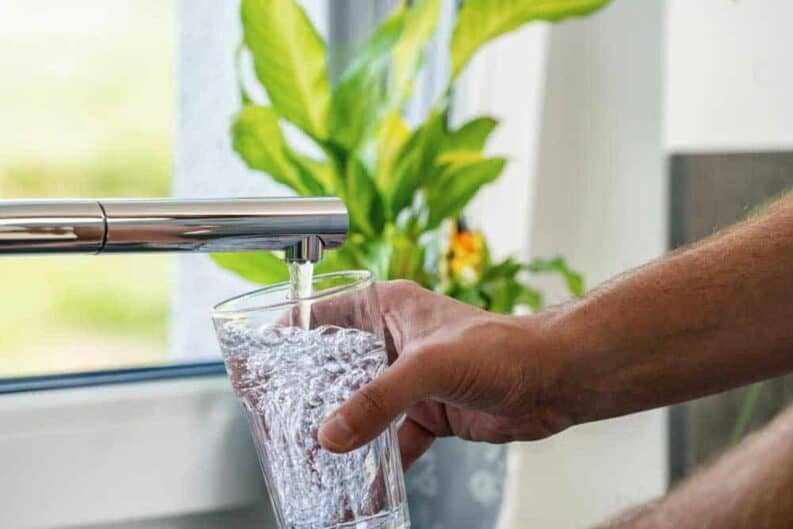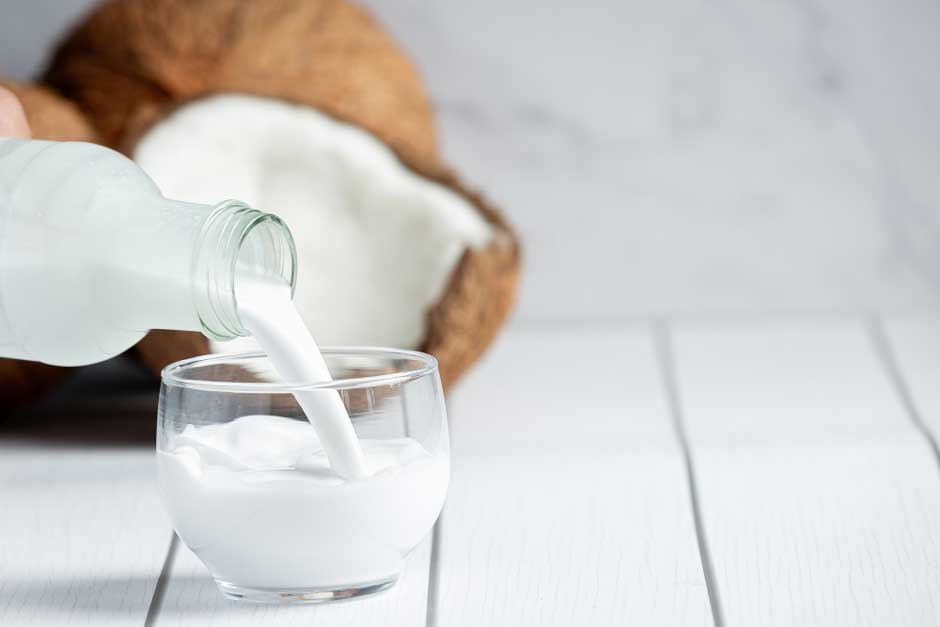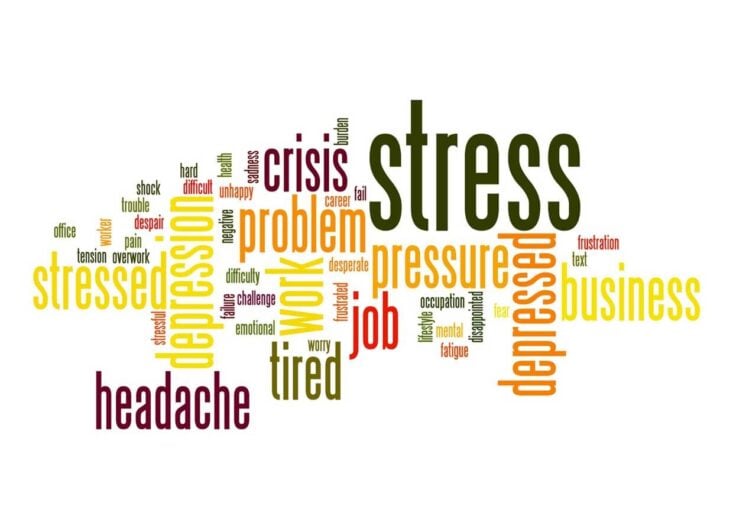Many people rely on salt-based water softeners to get rid of hard water, and that can become quite costly to our environment and to our drinking water. The high sodium output that a softener leaves behind over time affects septic systems, plants, pets, and humans alike – whether they already suffer from certain illnesses or not.
With that in mind, we want to present to you a couple of alternatives that should get the job done just fine without forcing you to add any sodium or other dangerous chemicals to your water supply. It’s up to you to decide which one is best suited to your needs based on the pros and cons of each type of saltless water softener.
Water Descaler
Unlike a water softener, a descaler is small and surprisingly easy to install. This type of softening gadget only requires 15 minutes of your time to install, as you only need to fix the unit on a wall, wrap the coils around the main pipe, and plug it into a power source.
No maintenance, no salt, no nothing. The only difference is that a water descaler doesn’t eliminate hard minerals, but rather it reshapes them to make them less sticky. The good news about this is that it retains the benefits of drinking hard water – such as a higher calcium and magnesium intake.
However, since it’s a newer technology, you might want to read more about it on yarna.com and other similar websites before deciding whether it’s good for your needs.

Reverse Osmosis System
A reverse osmosis system is one of the oldest and most known water softening methods that have ever existed. It’s much more desirable than a classic water softener because it achieves the same effect without adding any sodium whatsoever. Many restaurants prefer reverse osmosis because it makes the water taste much better.
Not only that, but an RO system also has the added advantage of working as a filter as well. Because of this, you won’t need to spend extra money on getting a separate water filter – or at least not one that can remove the same types of contaminants that a reverse osmosis system already removes.
However, you might want to consider that this type of unit also tends to waste a lot of water. And as far as installation and maintenance go, it can be as difficult as a traditional water softener. Still, you’re not using any sodium, so it’s much better in that regard.
Template Assisted Crystallization
Similar to a water descaler, this type of unit practically reshapes hard mineral crystals to make them smaller and less sticky. The difference is that it doesn’t use any principles of cathodic protection or electricity to achieve this trick.
Instead, it uses a sort of screen media similar to the ones found in filters to create an ideal nucleation point for the breakdown of hard mineral particles. The crystals grow on the bead until they reach a particular size and then break off. These microscopic crystals are stable and remain suspended in the water flow instead of forming hard mineral scales on the surfaces in your plumbing system.
Classic Filtration Media
At the end of the day, if you’re not satisfied with any of these methods’ compromises, you can always get a whole house filter that has the capability of trapping hard mineral particles among other things.
Make sure to check the filter’s specifications on its product page or inside the physical store so that you’ll know it’s capable of removing hard minerals. Otherwise, you might be disappointed when you get an excellent filter that doesn’t have the ability to remove calcium and magnesium.
Wrap Up
Which one of these saltless softening methods will you pick in the future? Or will you stick to your existing salt-based water softener? Leave us a comment below and share this article with others who might be interested in this subject matter.















